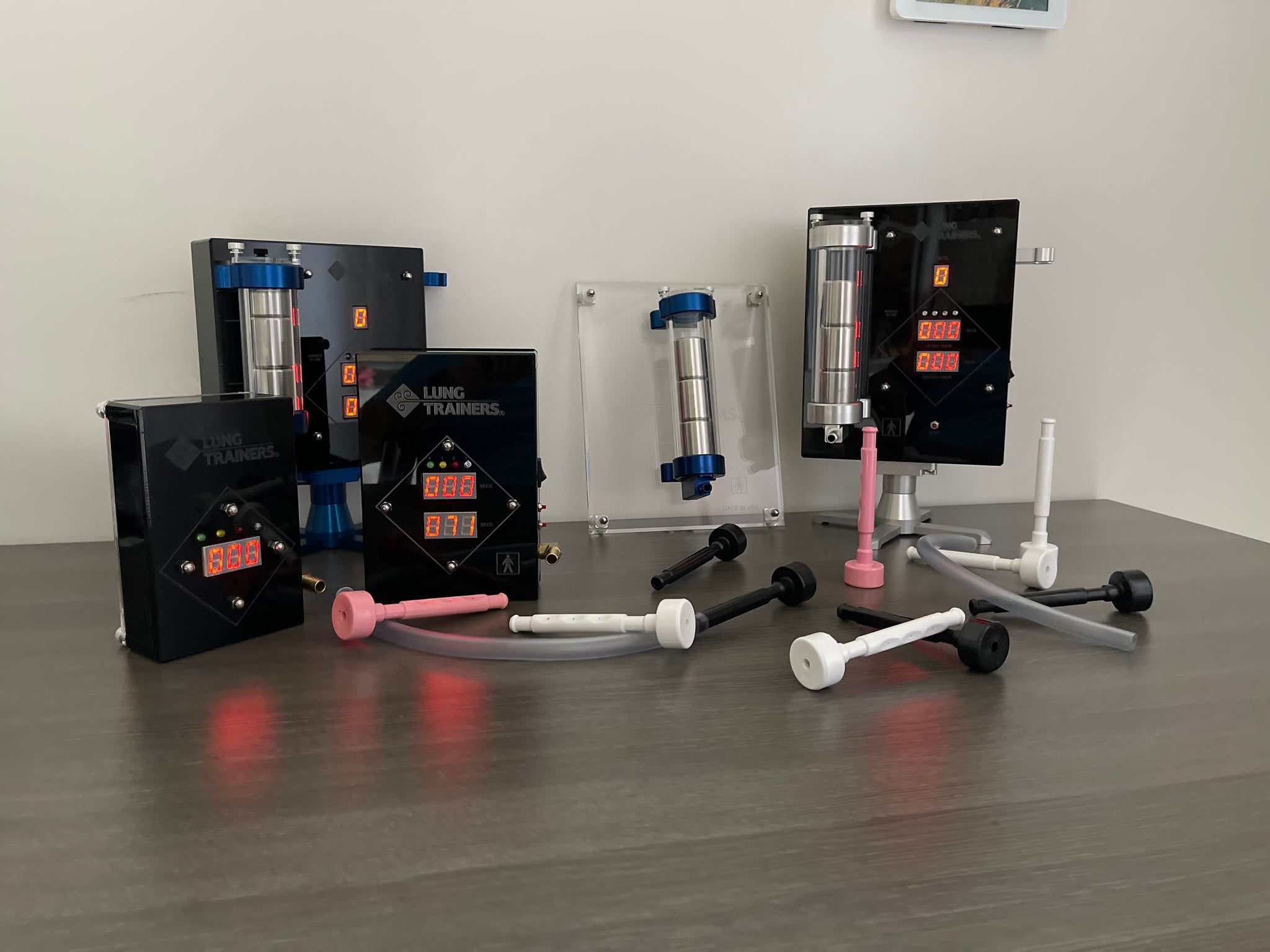Mastering Breathing Techniques for Musicians: The Path to Enhanced Performance
Tagged as: .
Breathing is the foundation of all musical performance, especially for vocalists and wind instrument players. The ability to control breath efficiently can greatly enhance a musician's tone, phrasing, and endurance. Yet, mastering breathing techniques remains a challenge for many musicians, often due to a lack of awareness or proper guidance. In this article, we'll explore essential breathing techniques for musicians, the benefits of using a breathing exercises device, and how these practices can elevate musical performance.

Understanding the Importance of Breath Control in Music
For musicians, breath control isn't just about taking in air; it's about managing it in a way that supports musical expression. Proper breath control allows musicians to maintain pitch, sustain notes longer, and execute complex passages with ease. It also helps in reducing performance anxiety by promoting a calm and focused state of mind. Whether you're a singer or a wind instrument player, the way you breathe directly influences the quality of your sound.
Essential Breathing Techniques for Musicians
-
Diaphragmatic Breathing: Also known as abdominal breathing, this technique involves engaging the diaphragm fully to allow the lungs to expand more effectively. Unlike shallow chest breathing, diaphragmatic breathing allows for greater air intake and better control over airflow, which is crucial for sustained notes and dynamic control.
-
Circular Breathing: This advanced technique is often used by wind instrument players. Circular breathing allows musicians to maintain a continuous sound without interruption by simultaneously inhaling through the nose while pushing air out through the mouth using stored air in the cheeks. It requires practice but can significantly enhance performance, especially in pieces that demand long, unbroken passages.
-
Controlled Exhalation: This technique involves the slow and steady release of air, which helps in maintaining consistent pitch and volume. It’s particularly beneficial for vocalists who need to sustain long phrases or navigate through complex melodic lines.
-
Breath Stacking: This method involves taking in multiple small breaths without exhaling, effectively “stacking” air in the lungs. Breath stacking is useful for building lung capacity and is often practiced by brass players to support powerful, sustained notes.
The Role of a Breathing Exercises Device
While traditional breathing techniques are essential, modern tools like breathing exercises devices can further enhance a musician's breath control. These devices are designed to strengthen respiratory muscles, improve lung capacity, and refine the breath management necessary for musical performance.
A breathing exercises device typically offers resistance as you inhale or exhale, forcing your respiratory muscles to work harder. This resistance training can lead to significant improvements in breath control, stamina, and overall lung health. Musicians who incorporate these devices into their regular practice routine often find that they can sustain notes longer, manage breath more efficiently during performances, and recover faster after intense passages.
Conclusion
Incorporating proper breathing techniques and utilizing a breathing exercises device can be transformative for musicians. These practices not only enhance performance but also contribute to a more relaxed and confident approach to music-making. For those serious about taking their breath control to the next level, exploring resources and devices available at lungtrainers.com can be a valuable step forward. By mastering the art of breathing, musicians can unlock new levels of expression and endurance in their craft.
Source URL:- https://sites.google.com/view/lungtrainers666/home